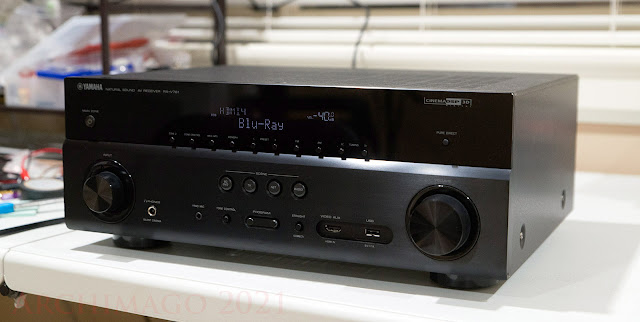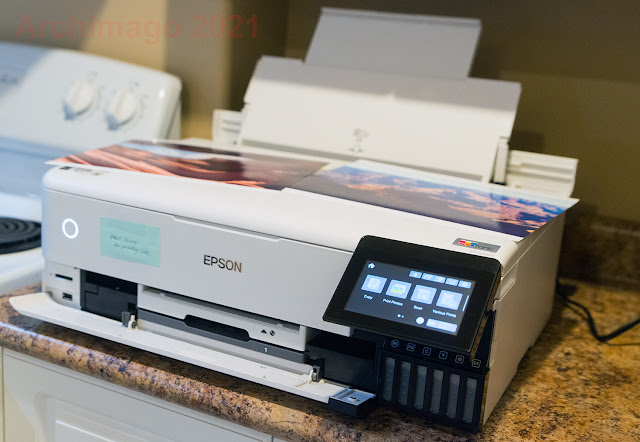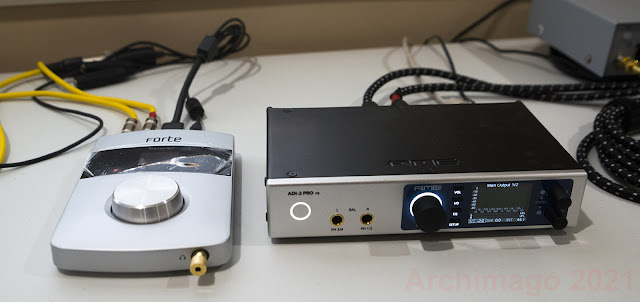Over the years, there have been devices I've been meaning to measure but one thing or another got in the way. This SMSL A6 amplifier was something I discussed here on the blog back in 2017 (a subjective review and measurements of DAC output). Over the years, this device has been happily amplifying signals for my dad's Klipsch Forté which is quite a sensitive speaker of 96dB SPL/m/2.83V; certainly by now it is very much "burned in". ;-)
I wanted to measure this device as an amplifier out of interest, knowing that inside this is the Bang & Olufsen ICEpower 50ASX2(SE) Class D module. While the datasheet for this amplifier module is already very detailed, there's nothing like measuring oneself!
This ICEpower module is rated at 2x47W into 4Ω, both channels driven to 1% THD+N. The power rating halves to 25W/channel into 8Ω. Within the ICEpower ASX series, there is also the 250ASX2 that will supply up to 250W/channel into 4Ω, and 125W/channel to 8Ω if you need more power.
The nice thing about this Class D module is that it's inexpensive and easily available for hobbyists such as through PartsExpress (current price US$118), sometimes through Amazon as well. You could buy one of these and get a simple case such as this Ghent Audio one and assemble it for yourself quickly.




